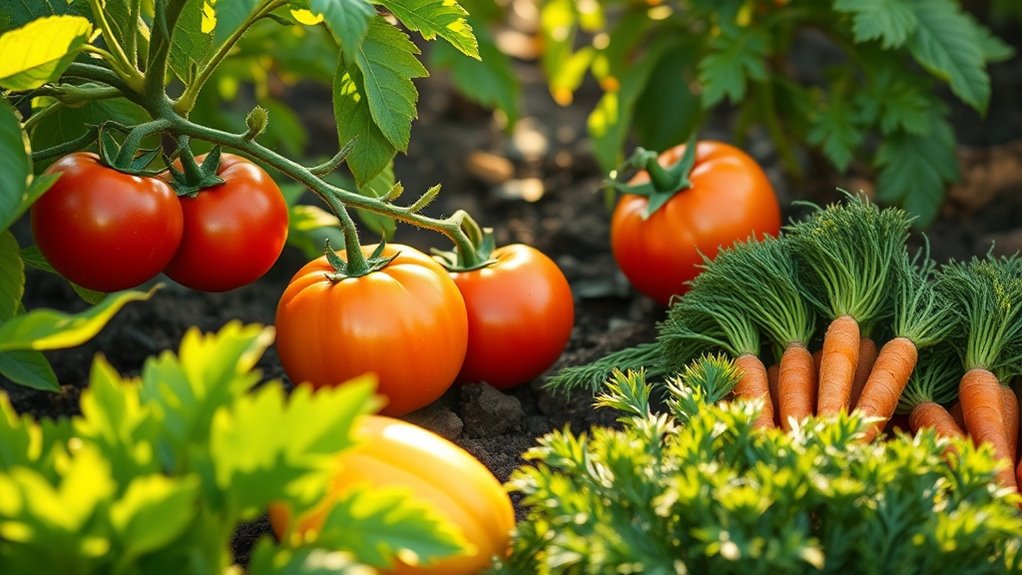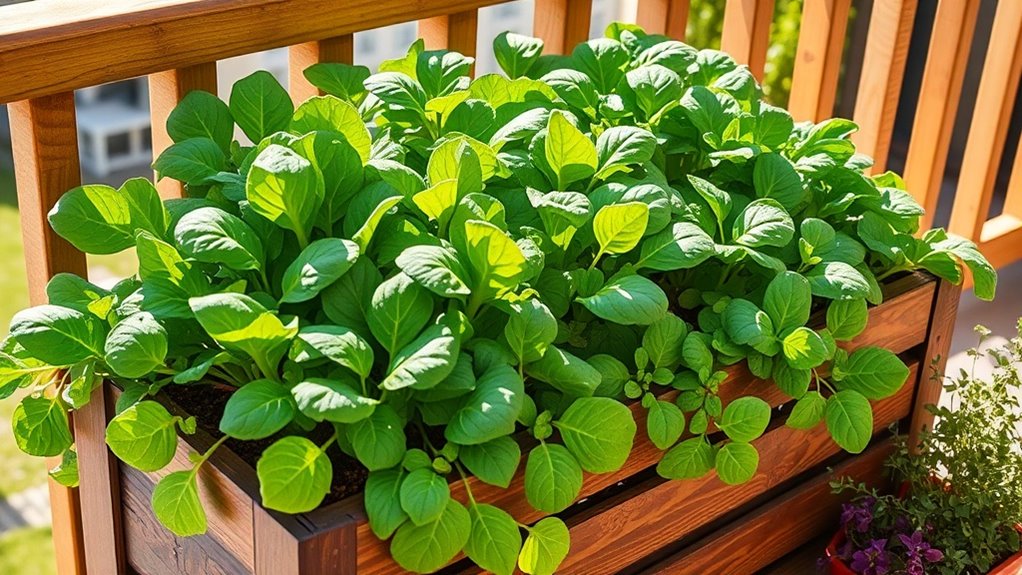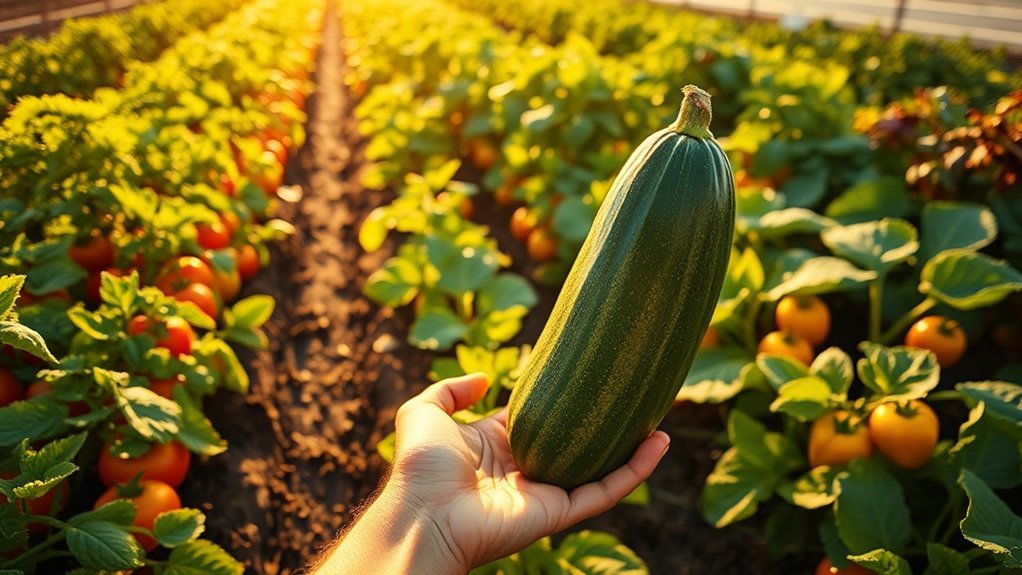Want Bigger Tomatoes. Try This Old-School Trick
If you want bigger tomatoes, try using Epsom salt. This old-school trick provides magnesium sulfate, which boosts chlorophyll production and improves leaf health. Dissolve one tablespoon of Epsom salt in a gallon of water and apply it every four to six weeks during the growing season. This enhances nutrient absorption, resulting in larger yields. To take your tomato-growing skills further, explore more proven methods for ideal growth and health.
The Power of Epsom Salt
Have you ever wondered how to boost your tomato plants’ growth and yield? Epsom salt, rich in magnesium sulfate, can enhance your tomato gardening efforts greatly. Magnesium aids in chlorophyll production, promoting healthier, greener leaves and more robust growth. To use it, dissolve one tablespoon of Epsom salt in a gallon of water and apply it during the growing season, ideally every four to six weeks. This simple trick not only strengthens your plants but also improves nutrient absorption, resulting in bigger, juicier tomatoes. Incorporating Epsom salt into your routine can make a noticeable difference in your harvest. Additionally, urban gardening techniques can help you maximize your balcony space for even better results.
Choosing the Right Tomato Varieties
After boosting your tomato plants with Epsom salt, the next step is selecting the right varieties for your garden. Opt for varieties known for their size and yield, such as beefsteak or heirloom types. Consider your climate and growing season length to promote ideal growth. Remember that effective pruning techniques can lead to a substantial 50% increase in yield. Below is a comparison table to help you choose:
| Tomato Variety | Characteristics |
|---|---|
| Beefsteak | Large, meaty, juicy |
| Roma | Dense, great for sauces |
| Brandywine | Sweet, excellent flavor |
| San Marzano | Ideal for canning |
Choose wisely to maximize your harvest!
Proper Soil Preparation
How can you guarantee your tomato plants thrive right from the start?
Proper soil preparation is key.
Begin by testing your soil’s pH; tomatoes prefer a range of 6.0 to 6.8.
Amend the soil with organic matter, like compost or well-rotted manure, to enhance fertility and drainage.
Tilling the soil to a depth of at least 12 inches aerates it, promoting root growth.
Mix in a balanced fertilizer to provide essential nutrients.
Clear debris and weeds to prevent competition.
Finally, create raised beds if your soil drains poorly, guaranteeing your tomato plants have the best environment to flourish.
In addition, incorporating universal soil prep methods can further improve your soil’s health and structure.
Watering Techniques for Optimal Growth
When should you water your tomato plants for best growth?
Water early in the morning to minimize evaporation and allow plants to absorb moisture throughout the day.
Aim for about 1-1.5 inches of water per week, adjusting based on rainfall and soil conditions.
Use a soaker hose or drip irrigation to deliver water directly to the roots, preventing fungal diseases.
Avoid overhead watering, which can lead to wet foliage and increased disease risk.
Check soil moisture by sticking your finger about an inch deep; if it feels dry, it’s time to water.
Consistency is key for ideal tomato growth. Additionally, understanding expert watering techniques can significantly enhance your gardening success.
Timing Your Fertilization for Maximum Yield
Watering your tomato plants is essential for growth, but equally important is timing your fertilization to maximize yield.
To achieve the best results, follow these key steps:
- Initial Application: Fertilize soon after planting to give your young plants a nutrient boost.
- Mid-Season Boost: Apply a second round of fertilizer when the first fruits start to form; this enhances fruit size and quality.
- Final Touch: Use a light application of fertilizer about two weeks before harvest to support final fruit development. Additionally, using organic fertilizer can significantly improve nutrient availability for your tomato plants.





